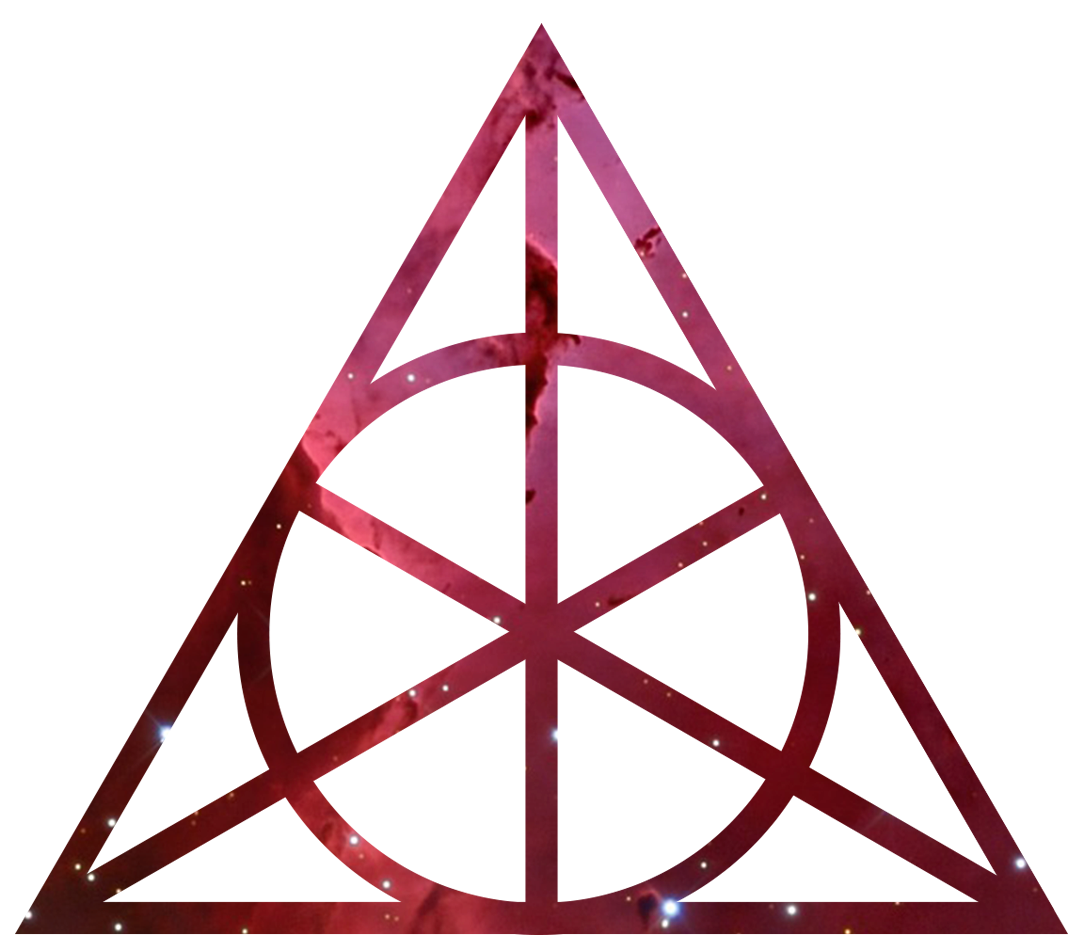Drilling vs. Improvisation

During my last year as a blue belt, I started wondering about how to balance structure, intuition and creativity in jiu jitsu. As a new purple belt, I feel that I have solid fundamentals and a handful of positions where I am particularly strong, but I wanted to become sharper and more flexible in adjusting to my opponent.
Specifically, I wondered what approach is ideal during competition preparation, and how to balance learning new things when one is constantly competing.
The conclusion I came to was that creativity and adaptability are the higher priority, are more valuable than drilling the same moves over and over again…
…Then I lost a match that I really should have won, because I decided to ‘just go with the flow’ instead of playing a solid game.
This caused me to rethink all of that. Fortunately, a few days after losing that match I attended a seminar of Aaron Milam, a black belt under John Danaher, and had the chance to ask him about this.
His response was that intuition and creativity are for learning, not for competition preparation–and especially not for competition itself. One should not plan on being creative in competition.
His reasoning for this was that you should always know your ‘why’ when you make a move and have a back up plan for a scenario in which a move goes wrong.
According to Milam, three to five moves per position that work together with each other are ideal. The competition preparation should contain finding those moves for each position, working on the transitions from each position and drilling those moves. Also doing them in rolling and in positional sparring–and nothing else.
The goal is to do only those things in competition unless your coach says something different.
Of course you cannot train like that all the time because it will burn you out, physically and mentally–it is only for peaking in competition.
Another idea Aaron Milam suggested was filming oneself in rolling and analyzing it. This is an example of ideal use of creativity. You might see some cool stuff, and you’ll also probably see a lot of mistakes. To really be sure, one could film oneself rolling based on the drilled moves and on chosen structure and rolling more intuitively. The comparison of reaching flow in both of those states and analyzing the results will probably answer which approach looks better.
For me it was interesting to hear Aaron giving his opinion, since I used to think that improvising creatively in competition was good. It surprised me that he said to not plan on being creative in competition… However, after thinking it over and looking at it as a coach, it makes sense to me. Winning safely and solidly is not a result of being creative. It is a result of not making mistakes. Sure, winning a match as the underdog or after making mistakes can require some amount of creativity to turn it around. That might be more exciting to do or to watch but that is for sure not what you train for and what your coach wants.
Looking back on it, I think one reason why I tried to focus on creativity is that I really wanted a match to be exciting. It bothers me when people say that jiu jitsu is boring, so I am conscious about making a match exciting.
Now, though, I think what really makes a match exciting is a good match up between two people who both play a solid game. The tension in a game is not a result of creativity itself. It is the result of two solid games colliding which might be spiced with creativity to pull of a win when the match is even.
